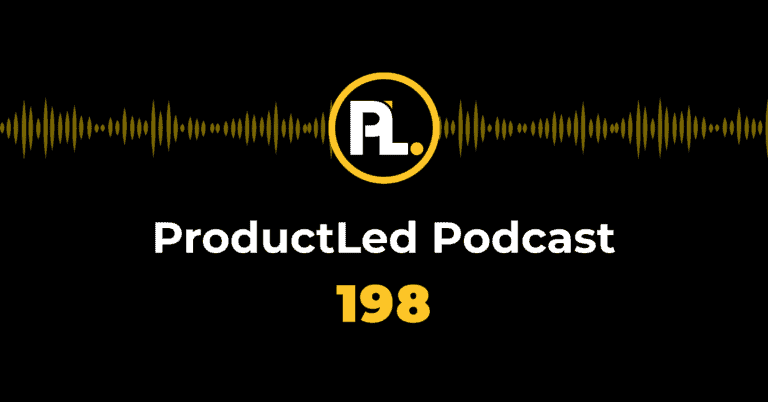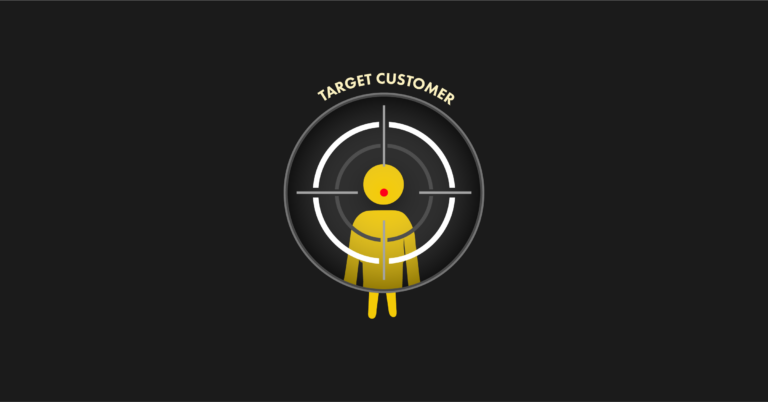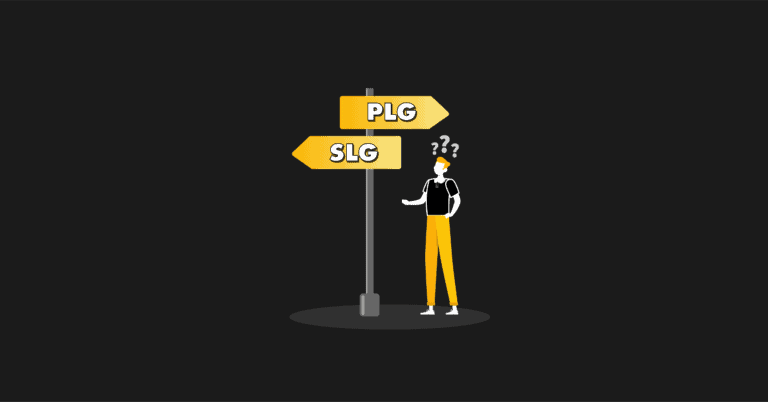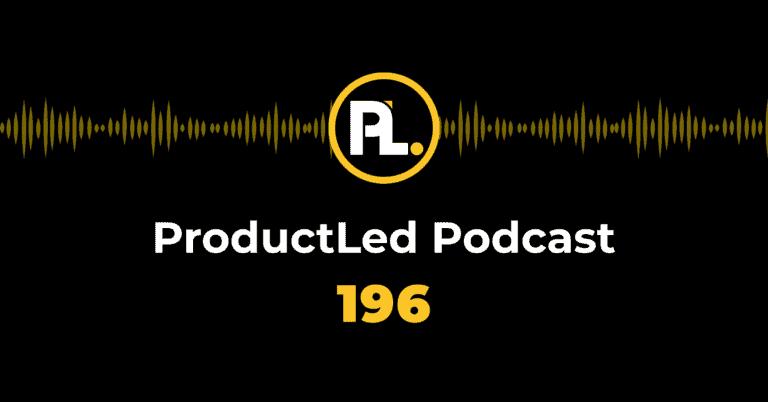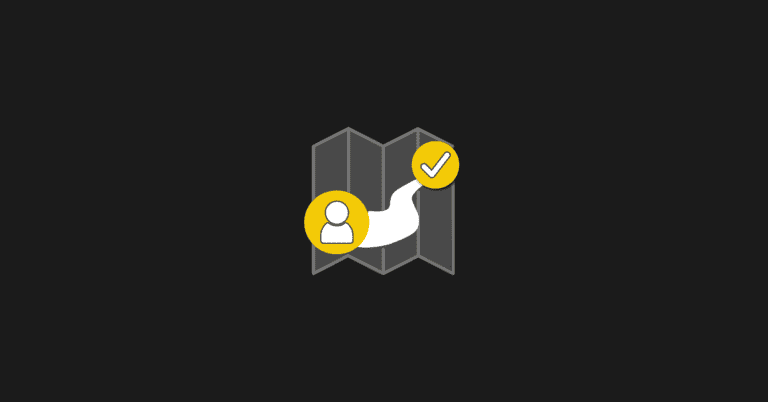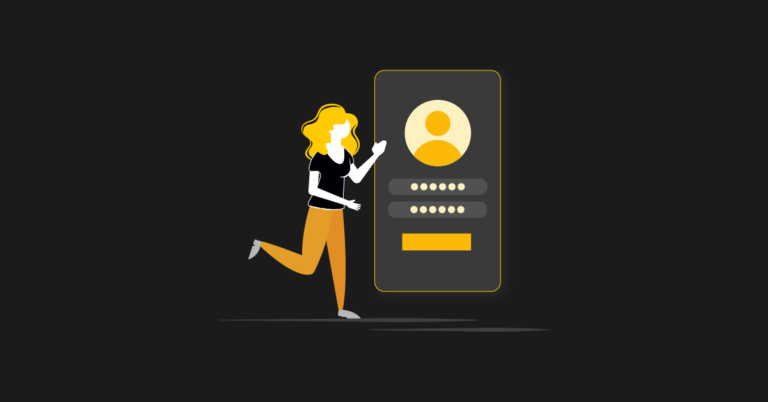Launching a free trial doesn’t have to be a 3-6 month process where your entire team rehauls the product and you invest $100,000’s in an expensive experiment that may or may not work for you.
I’d argue it shouldn’t be that way.
You can launch a free trial in 24 hrs. Heck, you can even do it under an hour if you’re a keener.
It’s really simple actually.
If you’re ready to do this, all you need to do is pull out your credit card and pay me $5000. You will get rich quick.
I’m kidding.
In all seriousness, you only need to do two things:
1) Update your ‘Request a Demo’ call-to-action (CTA) to a ‘Request a Free Trial’ CTA on your website.
2) On your demo landing page, change the text from demo to request a free trial.
Today, you’re declaring war on your demo.
So go on now. Login to your website, ping your marketing person and do whatever it takes to make those two changes in the next 30 minutes.
Once you're done, I'll explain what to do with these new free trial signups.
Have you updated your CTAs yet?
What are you waiting for? Those CTAs are not going to update themselves.
If so, you now have a free trial according to the public. Voila.
Now, once someone signs up for your free trial, which should be anytime now, they’re going to expect to be able to use your product. Shocker.
Instead of giving them the keys to use your product right away, you want to book a meeting with them.
Pro tip: use Calendly or a similar alternative on the thank you page once someone requests your “trial." You’ll thank me later when you see that people (actually) book meetings with you.
Book a meeting with your free trial user
In your first meeting with your new trialer, I want you to do several things:
1) You can qualify them just like you normally would.
If they’re a good fit, you can dive into using the product right away.
If not, well, no hard feelings pal.
2) You’re now going to ask what the main outcome is that your trialer is looking to achieve in the product.
If you have an awkward moment, these are some good questions to ask.
Pro tip: record these calls and use video. You want to see your new friend’s body language as they go through your product.
They might not tell you that your product is confusing as hell, but they might just tell you through a fiery eye roll as you explain how simple everything is to use.
You want to pay as much attention as you can to how your trialer is using your product.
3) On the call, you’re going to give your new friend the keys to the product and watch them try to achieve an outcome in the product.
You can do this by asking your trialer to share the screen. I recommend Zoom for this but you can use whatever solution floats your boat.
One thing you do NOT want to do is show your trialer how to do everything.
It’s going to be hard to resist the urge.
You want to see your trialer struggle as bad as that sounds.
If you don’t let them struggle, you’re causing two big problems:
One, the potential customer won’t remember how to accomplish that particular outcome in your product in the future.
Two, you won’t learn where your product’s shortcomings are.
Typically you’d have to pay for user testers to do this sort of thing but, in this scenario, you’re getting it all for free. You’re welcome.
Analyze your onboarding sessions
After your first onboarding session with the new trialer, I want you to do several things:
1) Write down the key outcome(s) that someone was looking to accomplish in your product.
Put this in a spreadsheet or somewhere you won’t lose it. I’m counting on you here.
Each time you do one of these onboarding calls, you’re going to add to this list.
Eventually, you’ll be able to tell what the most important outcomes are that people want to experience INSTANTLY in your product.
If you’ve ever heard of what an “aha moment” is, it’s experiencing these outcomes in real time. It’s pretty cool.
These key outcomes are what you will eventually lead with in your marketing and initial onboarding, but that’s getting a little too ahead of ourselves for now. 😉
Now, you need to focus on helping your user in whatever way is necessary. Things do NOT need to scale at this point. You can manually create the trial accounts, setup the APIs for integrations, and even give your users your personal cell phone number so that they can call you in the middle of the night.
I’m joking on the last one but eventually you will find what needs to be automated by the sheer number of requests and how painful it is for your team to manage.
2) For now, just focus on where you need to offer a helping hand or make your product easier to use.
You’re going to find that LOTS of people find it difficult to accomplish key outcomes in your product at first, especially if you’re a sales-led company that is making the transition to a product-led organization.
When reviewing your onboarding sessions, take special notes when people mess up. This is an opportunity for you to improve your product experience or use a helpful tooltip.
3) Lastly, clear the damn path.
You’re going to have garbage in the way that prevents your users from experiencing a key outcome in your product.
Take out the trash. Come on now.
To do this, I recommend doing two things:
- Write down the steps your trialer took to accomplish their key outcome.
- Create a super highway to accomplishing a key outcome in Trello.
Now, the first step is straightforward. Your list may look something like this:
- User: Tom Brady
- Step 1: Sign-up
- Step 2: Click create dashboard
- Step 3: Connect integrations
- Step 4: Saw brilliant insights and was sold on the product
For step two, I want you to start right from acquisition to the moment someone experiences a key outcome in your product.
For Canva, this might be once someone types “how to make a poster” into Google and then goes through 10+ steps to create the poster.
The important part here is that you visualize all the steps someone needs to take in order to experience a key outcome in your product.
Anything that doesn’t help your user accomplish their key outcome is fair game to consider removing in the onboarding. Or in one of my paid onboarding audits. Watch out!
Even non-trivial steps like activation emails can put a significant dent in your free trial to paid conversion rate if you’re not careful.
Christopher Gimmer, the CEO of Snappa, initially required every new signup to activate their email address before logging into the product.
Requiring users to activate their email address is common practice for many SaaS businesses. However, what Christopher didn’t realize was that 27% of all his signups never ended up activating their email address. Period.
In fact, these new users simply signed up and never touched foot in his product.
Once we did some simple math, we realized that if we removed the email activation step from the beginning of the onboarding flow, we could potentially have 27% more people using Snappa.
If Snappa’s current free user to paid conversion rate held up, this one change would net a 6-figure ARR outcome.
In less than a week, Christopher’s team removed the email activation step right at the beginning of the onboarding process and we started to see his MRR grow substantially overnight.
For Snappa, just removing the email activation step at the beginning of the onboarding process resulted in a 20% boost in MRR.
Now, when it comes to building your onboarding super highway please throw out the garbage that gets in the way.
You won't have the luxury of hand holding each user when you launch a completely self-service free trial.
How to build a high-converting free trial that converts 25% of signups into customers?
In my book on Product-Led Growth, I argue that there are only three things you really need to care about when you launch a free trial or freemium model.
First, you need to understand the key outcome your product helps people with.
Second, you need to communicate that value whether that be through your marketing or pricing page.
Third, you need to deliver on that value as quickly as possible.
That is it. Not complicated, right?
When you’re doing your onboarding sessions, I want to challenge you to really figure out what the top three outcomes people are looking for when they sign up to use your product.
Knowing these key outcomes will help you fine tune your free trial engine so that you can catapult people right into the areas of the product that matter to each user.
No stupid tooltips that walk you through the entire product and accomplish nothing.
I’m talking about actually helping people with a problem.
If we can do just that ONE thing and get consistently better at it, we’re going to eventually have a high-converting free trial on our hands.
One thing I hope I challenged you on is that launching a free trial is more about building a process than a set it and forget it approach.
It’s like playing sports.
If you want to go to the Olympics, you’re going to need to put in the time every single day to be world class at it.
Now, stop reading this article and take action!
In the next 24 hrs, you need to do these three things:
1) Update your ‘Request a Demo’ call-to-action (CTA) to a ‘Request a Free Trial’ CTA on your website.
2) On your demo landing page, change the text from demo to request a free trial.
3) Once you do the first two steps, ping me at wes@trafficiscurrency.com. I want to hear how you’re going to help your users become successful.
That’s it.

